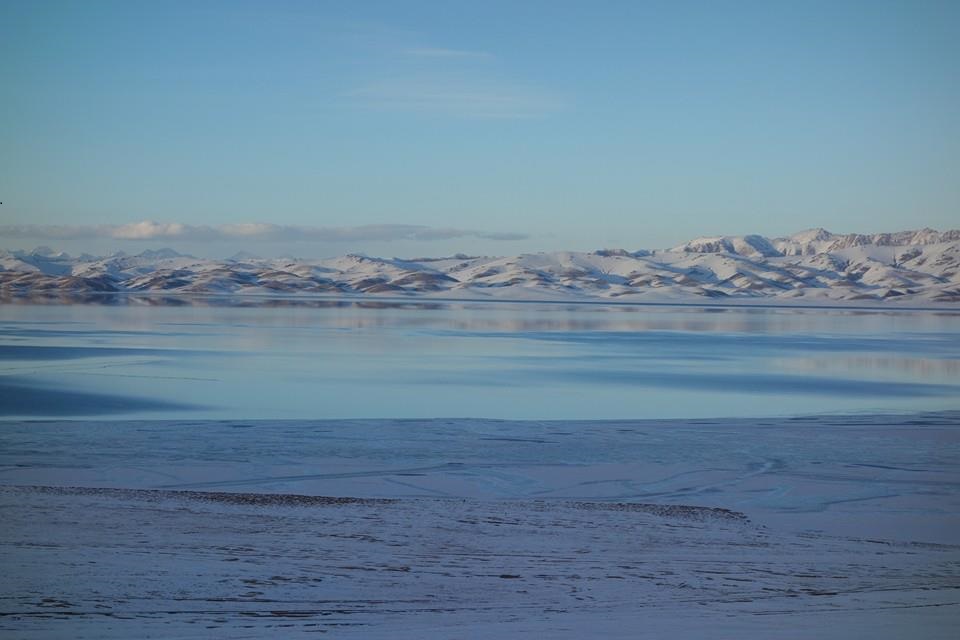In this joint work in progress with Tristan Bice and Alessandro Vignati, we consider a construction turning every poset into a compact space. The intention is that the elements of the poset correspond to special basic open sets of the space and that the order relation corresponds to actual containment of the open sets. Moreover, we build our posets from sequences of finite graphs and special bonding relations between the graphs. The desired situation is when the graphs encode certain basic open covers and the edge-relation corresponds to actual overlapping of the induced basic open sets. Finally, we are interested in situations when the sequences of graphs are Fraïssé sequences in suitable categories of graphs. In the talk I shall give an overview of the construction, demonstrate it in several examples, and compare it to a more standard approach of taking quotients of inverse limits of graphs and homomorphisms.
- Institute
- People
- Departments
- Algebra, Geometry and Mathematical Physics (AGMP)
- Branch in Brno (BB)
- Constructive Methods of Mathematical Analysis (CMMA)
- Didactics of Mathematics (DM)
- Evolution Differential Equations (EDE)
- Mathematical Logic, Algebra and Theoretical Computer Science (MLATCS)
- Topology and Functional Analysis (TFA)
- Archive of departments
- Positions
- Research
- Events
- Calendar
- Partnerships
- Links


